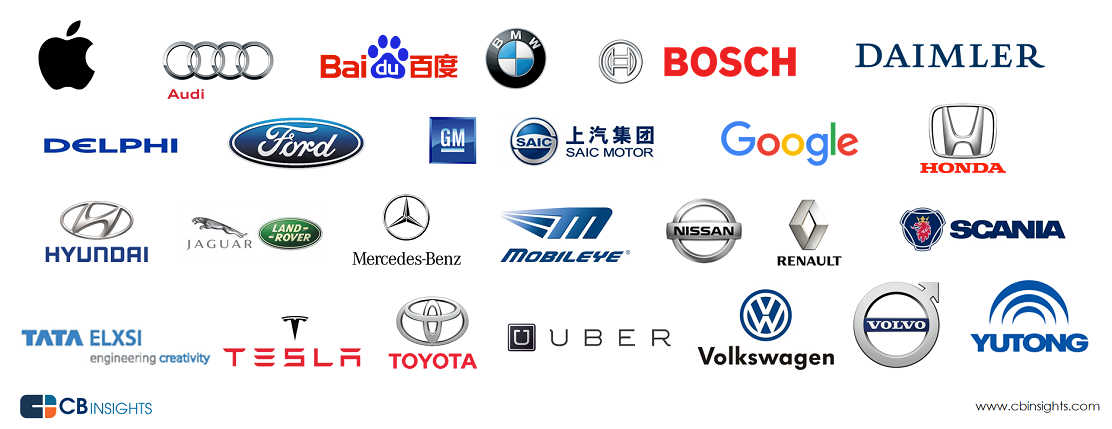Merging the Driverless Car with Elevated Guideways
Every major car manufacturer has their own prototype driverless car as shown below. Driverless cars are expected to increase the volume of traffic at a time when every city has congestion already. By merging both systems into a coordinated mix of ground and elevated traffic there are huge benefits. The first is that elevated systems can move people around town faster that congested roads. The second is that ground based driverless cars can be the missing link to the final destination for riders leaving elevated systems. Eventually the guideways could carry ground-based cars above the traffic and perhaps charge their batteries along their route. Each manufacturer below has produced a driverless prototype to enter the market. Elon Musk has an idea for networking cars; with the push of a button the driver can send his car when not in use into a pool of driverless vehicle.

Districts-Driverless vehicles like the above can connect the elevated system stations to ground based destinations within a mile or so from the stations. This solves the last mile problem transit has always had. These can be trolleys, carts, trams and cars. Preferably dedicated pathways will be best and contain the sensors stop lights and traffic computers offer greater efficiency. These facilities can be paid for using todays modern Improvement Districts. Here is an example: A district of ½ mile around the station contains over 5.5 million s.f. of land. In a suburban setting this is likely to have 2 million s.f. of commercial and residential structures. Charging 5 cents per s.f. per month is a common way of funding shared services. This would raise $100,000 per month allowing for road sensors, traffic computers, dedicated pathways and a paid for monthly pass. Visitors can buy a daily pass.